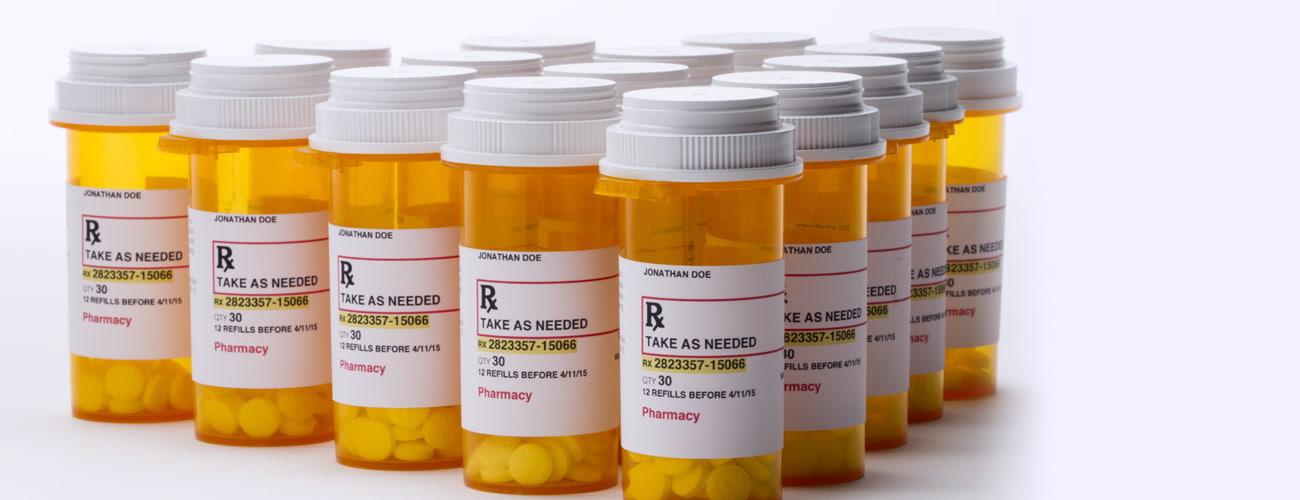Drug recalls have been on the rise over recent years, affecting an estimated 81% of consumers in the United States. But when the federal Food and Drug Administration (FDA) finds a problem with a drug, what happens when a drug is recalled? And what does it mean for victims who want to file a Maryland product liability claim? A recent industry news source outlined the drug-recall process, which provides a good overview for those unfamiliar with the process.
A drug recall is an action by the manufacturer of the drug to remove a defective or harmful product from the market after the drug is found to be in violation by FDA laws or regulations. The FDA cannot pull a product from the market. It can only request that a drug be recalled, but ultimately the pharmaceutical company must decide whether to pull the drug.
The FDA then assesses whether the recall was appropriate, classifies the recalls, and oversees the recall strategy. A recall is classified by the FDA as a class I, II, or III recall. Class I recalls are the most serious, as they are for products that could cause serious harm or death. Class II recalls are for products that pose a notable risk and threat. Class III recalls are for products that violate the agency’s labeling or manufacturing laws but are not likely to cause adverse health consequences. Once a drug recall has been issued, officials from state health departments and pharmacy boards, drug manufacturers, and others may contact pharmacies to let them know about the drug recall. The pharmacies are then responsible for making sure that the recalled product is removed and dispensed of properly. They also have to help patients by counseling them on their options in light of the recall.
 Pharmacy Error Injury Lawyer Blog
Pharmacy Error Injury Lawyer Blog






